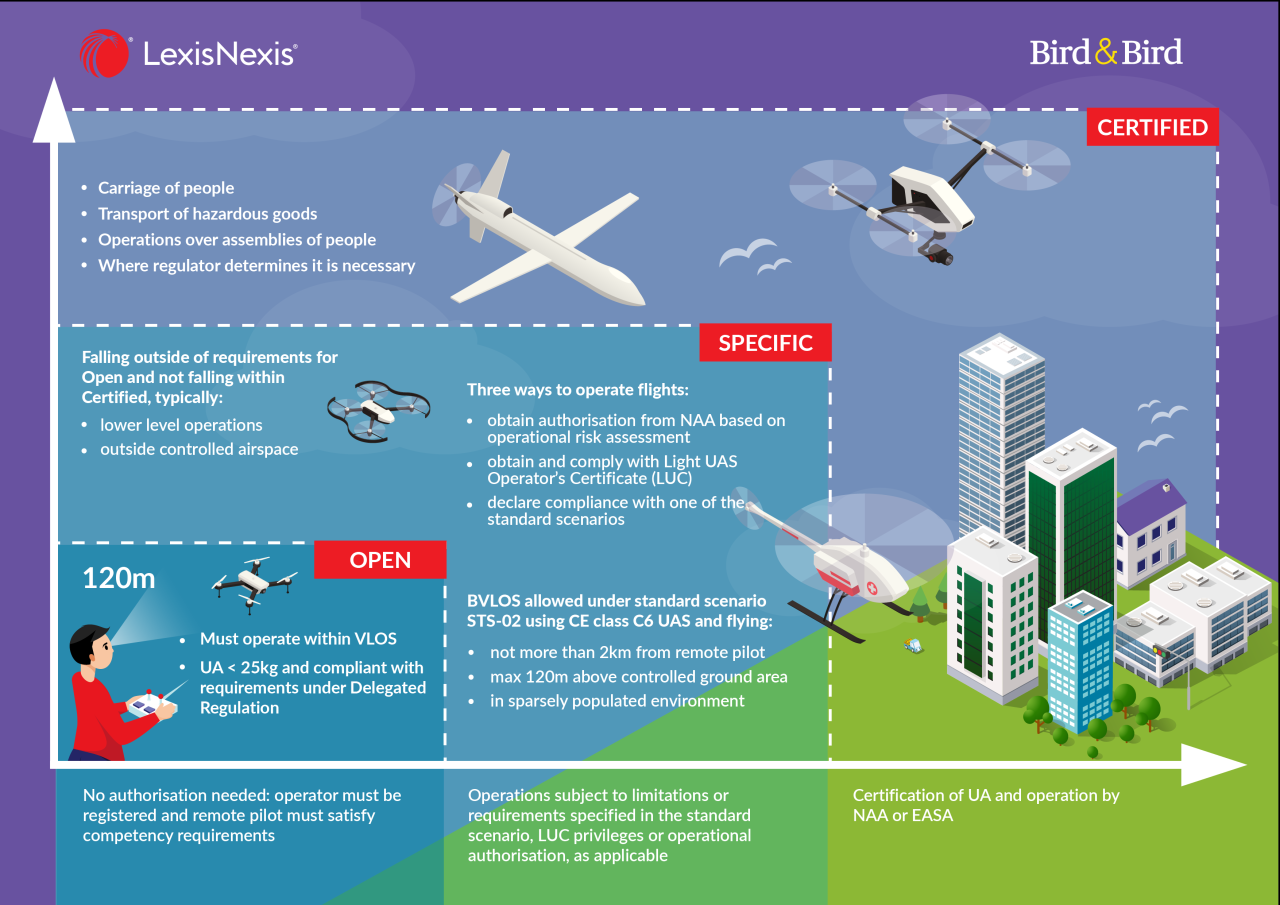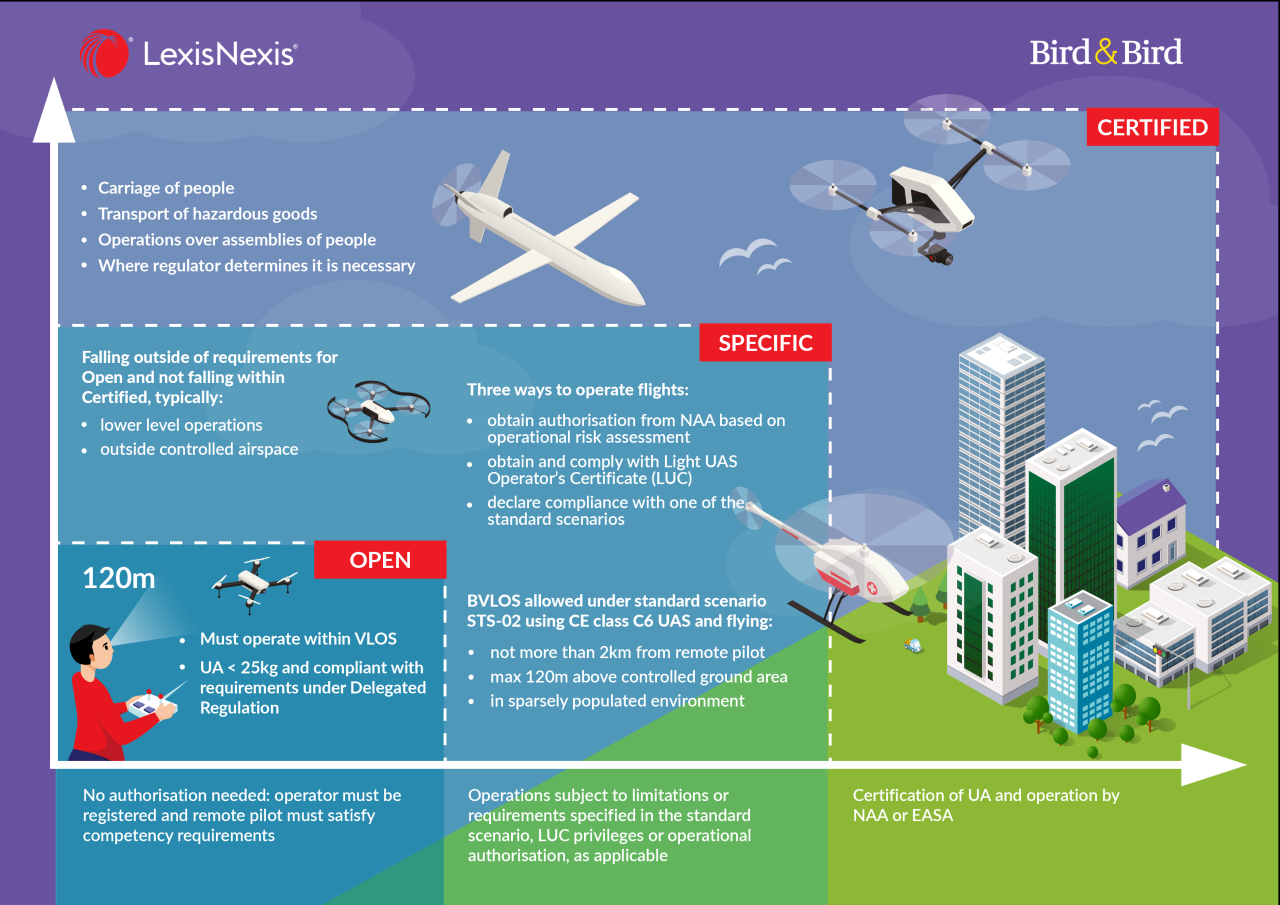New Drone Rules Canada have significantly reshaped the landscape of drone operation across the country. These updated regulations aim to improve safety, protect privacy, and manage the increasingly popular use of drones for both recreational and commercial purposes. This guide breaks down the key changes, outlining registration requirements, flight restrictions, safety protocols, and the potential penalties for non-compliance.
We’ll cover everything from licensing to airspace limitations, ensuring you’re fully informed before taking to the skies.
Understanding these new rules is crucial, whether you’re a seasoned drone pilot or just starting out. From registering your drone and obtaining the necessary licenses to navigating restricted airspace and adhering to privacy guidelines, we’ll equip you with the knowledge you need to fly legally and responsibly. We’ll also explore the impact these regulations have on various industries that utilize drones, highlighting both challenges and opportunities.
Overview of New Drone Regulations in Canada
Canada’s drone regulations have undergone significant updates to enhance safety and address privacy concerns. These changes affect various drone categories, from small recreational drones to larger commercial models. The rationale behind these updates is to create a safer airspace for all users, protect privacy rights, and streamline the regulatory framework for drone operations.
Key Changes in Drone Regulations
The updated regulations introduce stricter rules regarding drone registration, licensing, operational restrictions, and safety protocols. Key changes include clearer definitions of operational limits, enhanced requirements for drone operator certifications, and increased penalties for violations.
Categories of Drones Affected, New drone rules canada
The changes impact all categories of drones, including recreational, commercial, and even some very small models. The weight and intended use of the drone determine the specific regulations that apply.
Comparison of Old and New Regulations

| Manufacturer | Model | Weight (kg) | Regulations (Old vs. New) |
|---|---|---|---|
| DJI | Mavic 3 | 0.89 | Previously: Basic registration; Now: Requires Advanced Operator Certificate for commercial use, basic registration for recreational use. |
| Autel | Evo II Pro | 1.2 | Previously: Less stringent flight restrictions; Now: More defined no-fly zones and stricter weather limitations. |
| Parrot | Anafi | 0.32 | Previously: Minimal regulatory oversight; Now: Requires registration for all operations above a certain altitude. |
| Generic | Toy Drone (Under 250g) | 0.2 | Previously: Largely unregulated; Now: Still generally unregulated but subject to general aviation rules and responsible operation. |
Drone Registration and Licensing Requirements
Registering your drone and obtaining the appropriate license is crucial for legal and safe operation. The process involves several steps, depending on the type of drone and intended use.
Drone Registration Process
Drone registration in Canada involves providing details about the drone and the owner through Transport Canada’s online portal. This typically involves providing the drone’s serial number, owner information, and confirming compliance with safety standards.
Drone License Types and Requirements

Canada offers different drone licenses, categorized by the complexity of the operation and the type of drone. Basic registration is required for many recreational users, while commercial operators require more advanced certifications.
- Basic Registration: Required for most recreational drones. Simple online registration.
- Advanced Operator Certificate: Required for commercial operations, and involves a knowledge test and practical flight demonstration.
- Remote Pilot Certificate: Required for certain commercial operations involving complex maneuvers or high-risk environments.
Obtaining a Drone License: A Step-by-Step Guide
- Visit the Transport Canada website.
- Create an account and complete the online application.
- Provide the necessary drone information and personal details.
- Pass any required knowledge tests or flight demonstrations (depending on the license type).
- Pay the applicable fees.
- Receive your license electronically or by mail.
Penalties for Unregistered or Unlicensed Operation
Operating a drone without proper registration or licensing can result in significant fines, legal action, and even criminal charges in some cases. Penalties vary depending on the severity of the violation.
Operational Restrictions and Flight Zones: New Drone Rules Canada
Several areas in Canada are restricted for drone operation to ensure safety and security. Understanding these restrictions is vital to avoid legal issues and potential accidents.
Restricted Airspace
Many areas are off-limits to drones, including airports, military bases, and national parks. These restrictions are designed to protect sensitive infrastructure and public safety.
Flying Near Airports and Sensitive Areas
Flying drones near airports requires special permissions and adherence to strict guidelines. Similar restrictions apply to sensitive areas like power plants and government buildings.
Night Flights and Adverse Weather
Flying drones at night or in adverse weather conditions is generally prohibited unless specific exemptions are obtained. These restrictions are crucial for safety and visibility.
Examples of Illegal Drone Operation
- Flying a drone within 5.6 km of an airport without authorization.
- Operating a drone over a crowd of people without proper safety measures.
- Flying a drone at night without the necessary permits and equipment.
- Flying a drone beyond visual line of sight (BVLOS) without authorization.
- Operating a drone in a manner that endangers the safety of people or property.
Safety and Privacy Considerations
Safe and responsible drone operation is paramount. Operators must adhere to safety guidelines and respect the privacy of others. This section Artikels key considerations for responsible drone usage.
Safety Measures
Drone operators must always prioritize safety. This includes regular maintenance checks, understanding weather conditions, maintaining visual line of sight, and avoiding risky maneuvers.
Privacy Implications
Drones can easily capture images and videos, raising privacy concerns. Operators must respect individual privacy and avoid intrusive surveillance. Obtaining consent before filming individuals is often necessary.
Legal Responsibilities Regarding Data
Drone operators are legally responsible for the data they collect. They must comply with privacy laws and ensure data is stored and used ethically and lawfully.
Checklist for Safe and Responsible Drone Operation
- Check weather conditions before flight.
- Inspect the drone for any damage.
- Ensure the drone’s battery is fully charged.
- Maintain visual line of sight at all times.
- Respect airspace restrictions.
- Avoid flying over crowds or private property.
- Obtain consent before filming individuals.
- Comply with all relevant regulations.
Enforcement and Penalties for Violations
Transport Canada actively enforces drone regulations through various methods. Violations can lead to substantial penalties.
Enforcement Methods
Enforcement includes ground patrols, drone surveillance, and investigations into reported incidents. Transport Canada collaborates with other agencies to ensure compliance.
Penalties for Violations
Penalties range from warnings and fines to suspension of operating privileges and even criminal charges. The severity of the penalty depends on the nature and impact of the violation.
Examples of Past Drone Incidents
Several incidents have highlighted the importance of strict drone regulations. Examples include drones interfering with airport operations, drones causing property damage, and drones being used for illegal surveillance. These incidents have resulted in significant penalties for the operators involved.
Comparison with Other Countries
Canada’s enforcement mechanisms are comparable to those in other countries with developed drone regulations. Many countries utilize a combination of education, enforcement, and technological solutions to manage drone operations.
Impact on Drone Businesses and Industries
The new regulations significantly impact commercial drone operations across various sectors. Understanding the effects is crucial for businesses to adapt and thrive.
Okay, so Canada’s got new drone rules, right? It’s all about safety and responsible flying. Thinking about this makes me remember reading about a major aviation incident, like the emirates plane crash abu dhabi , highlighting how important regulations are for all types of air travel. These new drone rules are a step in the right direction to prevent similar incidents in our airspace.
Impact on Commercial Drone Operations
Commercial operators need to ensure compliance with the new regulations, including obtaining necessary licenses and adhering to operational restrictions. This may involve additional training, investment in technology, and changes to operational procedures.
Effects on Various Industries
Industries like agriculture, construction, filmmaking, and inspection are heavily reliant on drones. The new regulations present both challenges and opportunities for these sectors.
Challenges and Opportunities
The regulations create challenges by increasing operational costs and complexities. However, they also offer opportunities by enhancing public trust and promoting safer, more responsible drone use.
Effects on Different Sectors
| Industry | Positive Impacts | Negative Impacts | Adaptations |
|---|---|---|---|
| Agriculture | Increased safety, improved public perception | Higher operational costs, stricter regulations | Invest in certified operators, update operational procedures |
| Construction | Enhanced safety, more efficient inspections | Increased licensing costs, more complex procedures | Implement robust safety protocols, secure necessary certifications |
| Filmmaking | Improved safety standards, greater public trust | Potential increase in production costs, more stringent permits | Secure necessary permits, engage certified drone pilots |
| Inspection | More regulated and safer operations | Increased costs for certification and training | Invest in training and certification for inspectors |
Resources and Further Information
Several resources are available for obtaining more information and staying updated on drone regulations in Canada.
So, you’re looking into the new drone rules in Canada? It’s a good idea to stay up-to-date, especially since regulations are constantly evolving. Think about the amazing visuals from the china new year drone show ; those kinds of displays highlight the potential, but also the need for responsible operation. Understanding Canadian drone laws ensures you can fly safely and legally, avoiding any potential penalties.
Government Websites and Documentation

Transport Canada’s website provides comprehensive information on drone regulations, licensing, and safety guidelines. It’s the primary source for official documentation and updates.
Drone Safety Training and Certification

Several organizations offer drone safety training and certification programs that meet Transport Canada’s requirements. These programs help operators understand the regulations and develop safe flying practices.
Frequently Asked Questions
A frequently asked questions (FAQ) section is usually available on Transport Canada’s website, addressing common queries about drone regulations.
Okay, so Canada’s got some new drone rules – you gotta know the regulations before you fly. It’s a bit like navigating the deadly games in squid game histoire vraie , except instead of life or death, it’s about avoiding hefty fines. Understanding these new rules is key to responsible drone operation and keeping your flights legal and safe.
Appealing a Decision
If an operator disagrees with a decision made by Transport Canada regarding drone regulations, there’s usually a formal appeals process available. The specifics of this process can be found on Transport Canada’s website.
Outcome Summary
Navigating the new Canadian drone regulations requires careful attention to detail, but with a little preparation, responsible drone operation is achievable. Remember to prioritize safety, respect privacy, and familiarize yourself with all applicable rules and restrictions. By adhering to these guidelines, you can contribute to a safe and enjoyable drone community while reaping the benefits of this exciting technology.
Staying updated on any future amendments is key to continued compliance, so make sure to check back regularly for any updates to the regulations.
Question Bank
What types of drones are affected by the new rules?
The new rules apply to virtually all types of drones, from small recreational models to larger commercial drones. Weight and intended use are key factors determining specific regulations.
How much does drone registration cost?
The cost of drone registration in Canada is currently free, but this could change.
What happens if I fly my drone near an airport without permission?
Flying a drone near an airport without proper authorization is a serious offense, potentially resulting in significant fines and legal repercussions. Always check for restricted airspace before flying.
Where can I find a list of restricted airspace in Canada?
You can find maps and information about restricted airspace on Transport Canada’s website and various drone flight planning apps.
